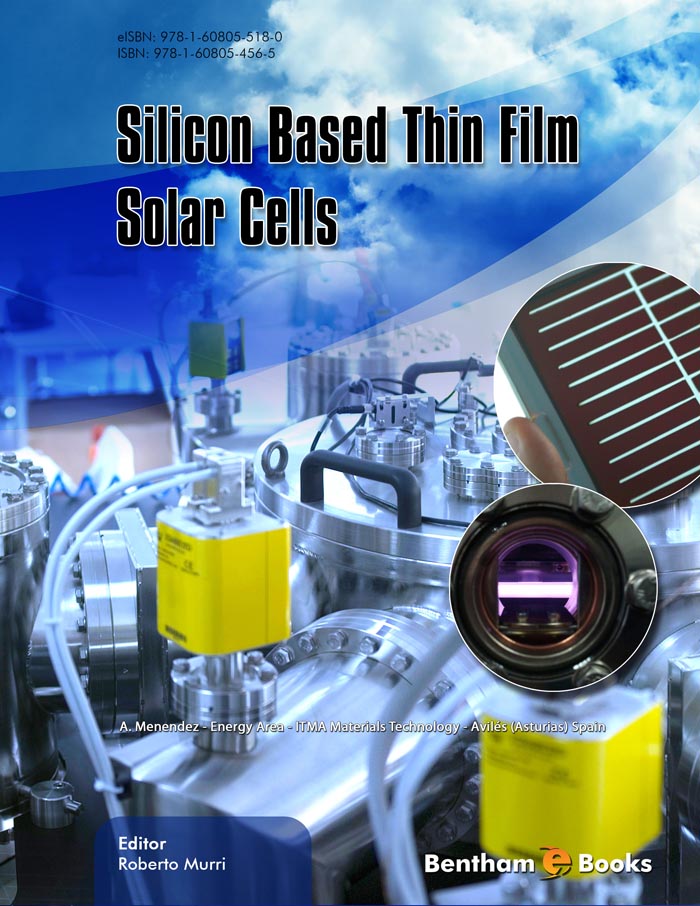Thin film silicon solar cells present all the basic physical pre-conditions for a successful development of the next generation of low cost, high efficiency photovoltaic devices, capable to fulfill the needs of a future Green Energy Society.
Their industrial development still presents, however, a number of problems associated to the diverse nature of these devices, with respect to the today generation of solar cells based on the use of crystalline silicon. In fact, here a multidisciplinary micro- and nano-technological approach is requested, applied to thin film modellization, large scale deposition, material characterization and solar cells fabrication, paying attention, as well, to quanto-mechanical issues, whose full application will only allow to go above the classical Shockley and Queissser limit of photovoltaic efficiency.
While the physics and engineering of crystalline silicon solar cells are covered by the content of a relevant number of Handbooks and Textbooks, the same does not apply to thin film solar cells, and this is the main reason why the publication of this eBook seems appropriate to supply, on time, to the absence. It is intended for non-specialists, i.e. for graduate and PhD students with a sufficient background in solid-state physics as well as for professional physicist and engineers who are not fully familiar with all the aspects of thin film technology, but who might be potential contributors to the development and industrialization of this opportunity. This eBook critically covers, in fact, in its three Sections all the main aspects of thin film solar cells physics and engineering and is co-authored by recognized experts in the field, whose view is not at all a personal view, but reflects the state of the art of the field and the opinion of the international thin film community.
Section I contains four chapters describing, respectively, the basic elements of thin film solar cells (Ch.1) and deposition of thin films by (Ch.2), plasma enhanced chemical vapor deposition (PECVD), sputtering (Ch.3) and, finally, Ch.4, molecular beam epitaxy (MBE).
Experimental techniques to measure film and device parameters are discussed in the four Chapters of Section II. In details, Infrared and Raman spectroscopies (Ch. 5), Morphological and structural properties (Ch.6), while Ch.7 and Ch. 8 present how to measure optical and electrical parameters, respectively.
The last three Chapters of Section III discuss the physics of two classes of devices, Heterojunctions for silicon photovoltaics (Ch. 9) and Micromorph cells (Ch.10), widely studied as structures able to improve the conversion efficiency of a solar cell. Finally, Ch.11 underlines the role of light trapping increasing the capture of solar radiation and then, again, the conversion efficiency.
I would like to thank all Authors, Prof. Daniel Rode for writing the Foreword, Prof. Sergio Pizzini for his introduction discussing the general aspects of the subject of the eBook, Mrs. Lisa Kramer Taruschio for language revision of Chapters 1,4,7 and 8 and Bentham Science Publishers, in particular Mrs. Salma Sarfaraz for her support, efforts and patience. The University of Camerino - School of Science and Technology, togheter with Elena Tresso -DISAT, Department of Applied Science and Technology, Politecnico di Torino, and Maurizio Acciarri - Department of Materials Science and Solar Energy Research Center (MIBSOLAR) Università degli Studi Milano Bicocca, partially supported the publication costs of the eBook for its open access.
Roberto Murri
University of Camerino
School of Science and Technology
Physics Division
Italy

